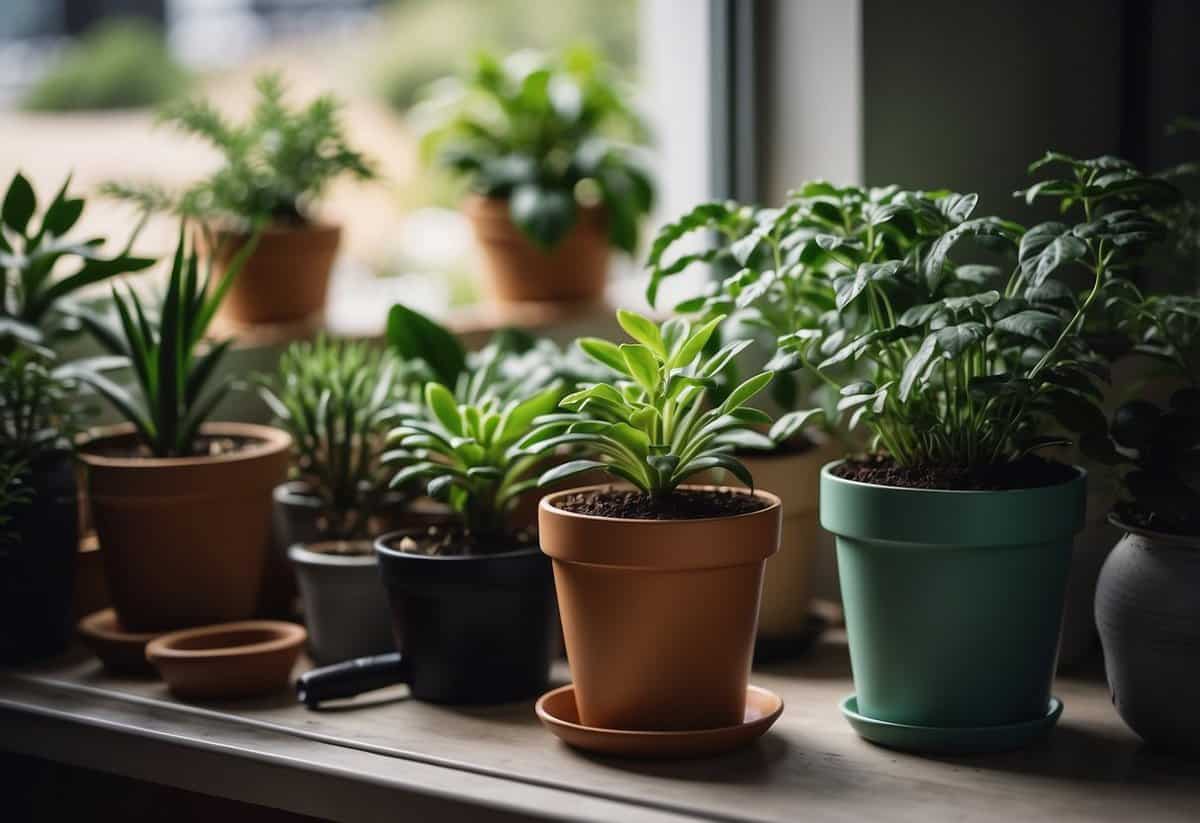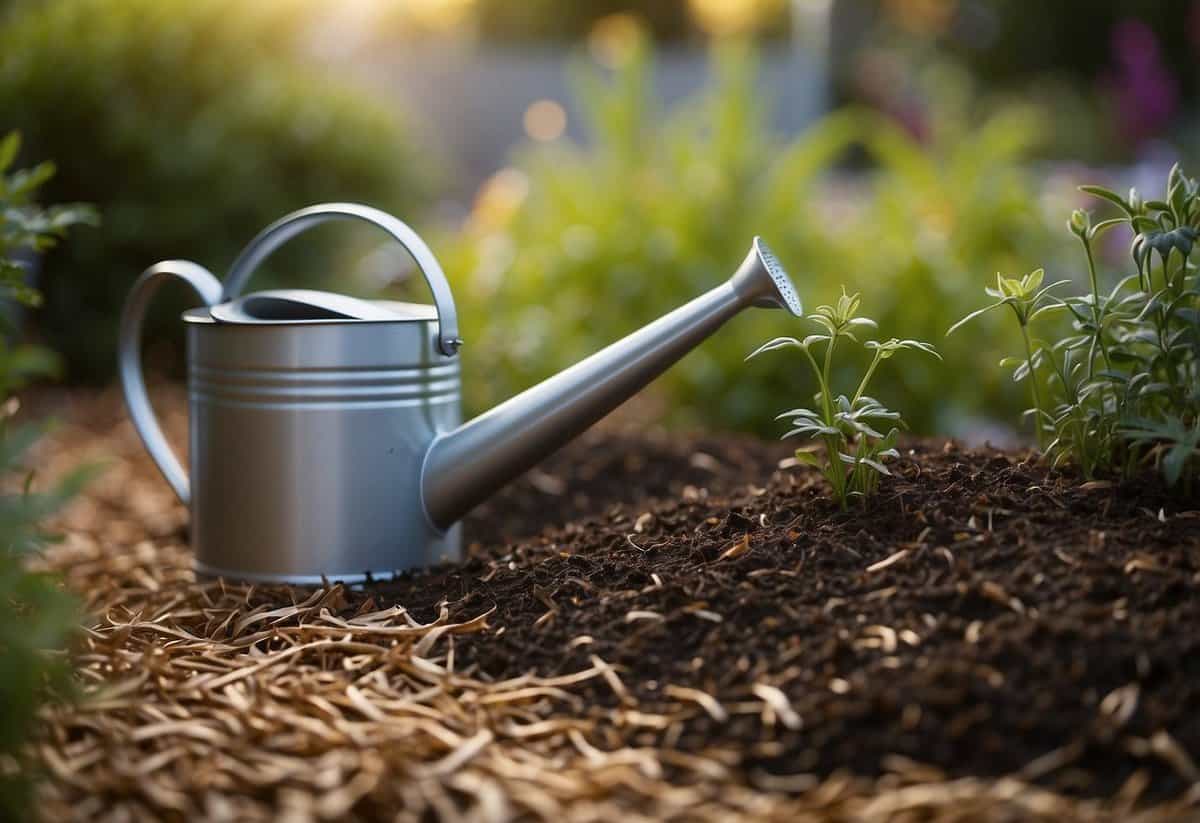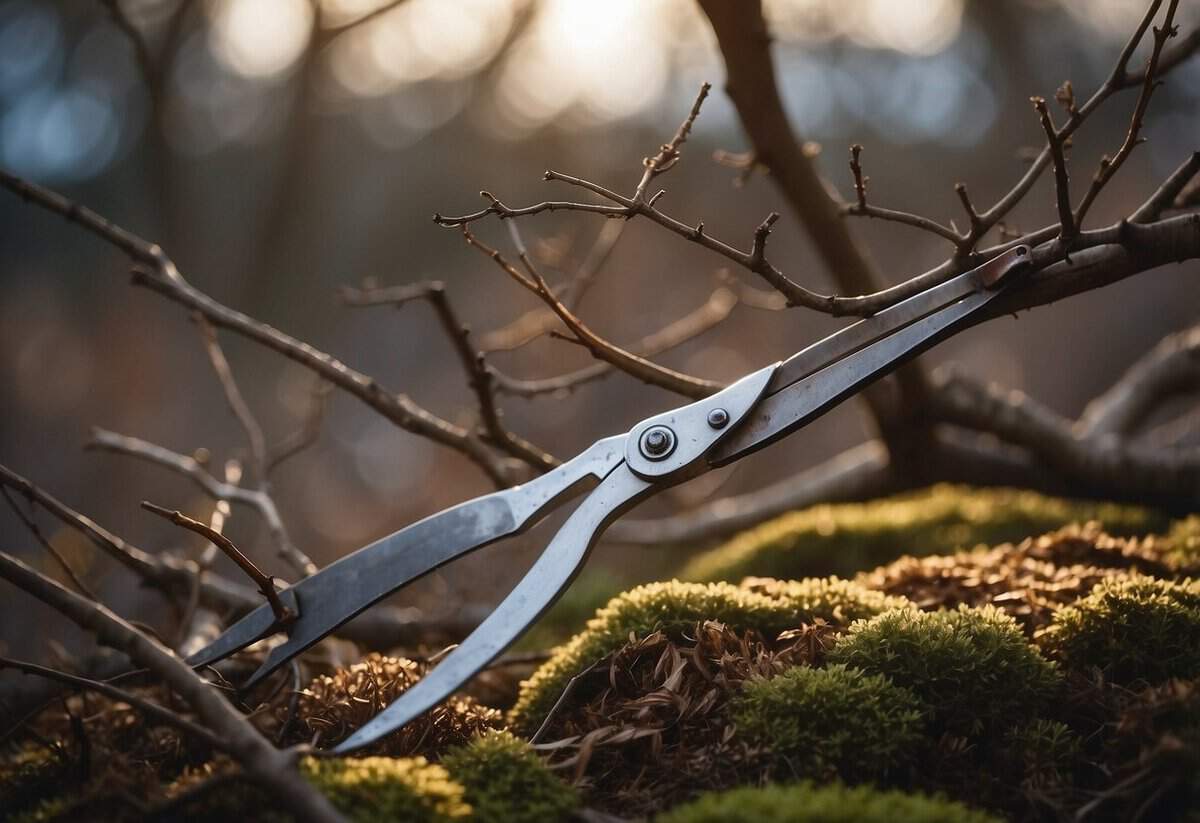Gardening Tips Australia: Simple Techniques for Thriving Gardens
Gardening in Australia comes with its unique set of challenges and rewards. With a variety of climates across the country, from the tropical north to the temperate south, there’s always something new to learn. Whether you’re a seasoned gardener or just starting out, having the right tips can help you create a flourishing garden.

You’ll discover how to make the best of each season, take care of your plants, and enjoy the fruits (and veggies) of your labor. By following advice tailored to Australia’s specific conditions, you can turn your garden into a beautiful, bountiful space.
1) Use low-maintenance native plants

Choosing low-maintenance native plants is a great way to create a garden that’s easy to care for. Most Australian native plants require minimal upkeep, needing just annual low-phosphorus fertilizer and light pruning.
Consider using plants that thrive in your local climate. For example, edge your garden borders with low-maintenance native grasses like Lomandra. Shrubs such as Grevillea or Bottlebrush add vibrant color without much effort.
For more inspiration, explore these native garden design ideas.
2) Opt for Raised Garden Beds

Raised garden beds offer many benefits. They improve soil quality and make it easier to control. This means better growing conditions for your plants. Using raised beds also helps reduce weeds and pests.
Gardening in raised beds can be easier on your back and knees. You don’t have to bend over as much. This makes gardening more enjoyable. Consider using materials like logs and untreated timber to build your garden beds.
You can customize your raised beds to fit your space. They come in many shapes and sizes. Choose the best spot in your garden for optimal growth.
3) Implement Drip Irrigation

Using drip irrigation is a great way to water your garden efficiently. This method uses small tubes to deliver water directly to the roots of your plants. It’s perfect for Australia’s dry climate.
Drip irrigation helps save water. It reduces runoff by applying water slowly and directly. This can lead to healthier plants and lower water bills.
Setting up a drip system is easy. Follow a guide from Reticulation Pro. Make sure to check your water pressure to ensure your system works correctly.
4) Plant during the cooler months

Winter is the perfect time to plant several types of vegetables and flowers in Australia. Carrots, spinach, broad beans, and peas do very well in cooler temperatures.
You can also consider planting native Australian flowers like Golden wattles and Banksias for a pop of color during the winter months.
Use this season to prepare your garden for produce and beauty.
5) Choose drought-tolerant plants

Choosing drought-tolerant plants for your garden is essential, especially in Australia where water can be scarce.
Plants like Slender Palm Lily are a great choice. This evergreen shrub can grow up to 5 meters and withstand various light conditions.
Another option is Coprosma ‘Evening Glow’, which is a tough, medium-sized shrub that handles most soil types well.
6) Use organic mulch

Using organic mulch in your garden helps improve soil health and retain moisture. Options like lucerne hay, sugar cane mulch, and pea straw work well.
Organic mulch also reduces weeds by blocking sunlight. Spread it evenly around plants, leaving a small gap to avoid rot.
Incorporating leaf mulch from your garden is a free and nutrient-rich option. It breaks down over time, enriching the soil.
7) Incorporate compost regularly

Adding compost to your garden is key for healthy plants. Compost enriches the soil with essential nutrients and improves its structure.
Turn your compost pile a few times a week with a fork. This adds air, helping the compost break down faster.
Include a mix of green materials like vegetable scraps and brown materials like leaves for the best results.
8) Practice companion planting

Companion planting is an easy way to improve your garden’s health. Planting certain vegetables and herbs together can help them grow better and keep pests away.
For example, tomatoes grow well with basil, beans, and onions. They don’t do well with potatoes or fennel.
Using companion planting, like the Three Sisters method, can also add nutrients to the soil and reduce weeds.
9) Install a rainwater tank

Installing a rainwater tank in your garden is a great way to save water and keep your plants healthy. You can use the collected rainwater for your garden, toilets, and laundry.
Start by choosing a location. Slimline tanks, for safety reasons, must be installed on concrete. Connect the downpipe from your roof gutter to the tank inlet using a 90mm stormwater pipe.
Secure all joints with adhesive except the last inlet, so you can remove it later for cleaning. Consider adding a pump to switch to mains water when your tank is empty. For more details, check out this rainwater tank installation guide.
10) Prune during the dormant season

Pruning is crucial for the health of your garden. The best time to prune is during the dormant season. This is typically late winter to early spring.
Pruning in this period helps minimize stress on the plants. It also encourages strong new growth.
For more details, check the Ultimate Backyard guide on pruning times for different plants.
Climate Considerations

Australia’s varied climate affects how and when you should plant your garden. By understanding the climate zones and using seasonal planting guides, you can better plan your gardening efforts for success.
Understanding Australian Climate Zones
Australia has five main climate zones: tropical, subtropical, desert, temperate, and cool/cold. Each zone has unique weather patterns that influence what and when you can plant.
In the tropical zone, summers are hot and wet, with no frost in winter. This climate supports plants that love heat and moisture. The subtropical zone has mild conditions with good rainfall, making it ideal for a wide variety of plants.
Desert zones feature hot days, cold nights, and very low rainfall. Plants that tolerate droughts are best suited for this region. The temperate zone experiences four distinct seasons, supporting a balanced range of plant types.
Finally, the cool/cold zone has cold winters with potential frost, ideal for plants that can survive low temperatures.
Seasonal Planting Guides
Aligning your planting schedule with the seasons can improve your garden’s productivity. In autumn, you can plant spring bulbs like daffodils, as mentioned by Aussie Green Thumb. This allows them time to settle before blooming.
Summer is great for planting heat-tolerant vegetables and herbs, while winter’s cool weather is perfect for growing leafy greens like spinach and kale.
Spring offers a mix of planting opportunities, from flowers to vegetables, due to moderate conditions. Climate-specific guides from Sustainable Gardening Australia help you pick the best time to plant, ensuring you maximize your garden’s potential.
Soil Preparation

Preparing your soil is essential for growing healthy plants. You’ll need to choose the right soil type and take steps to improve soil health to ensure your garden thrives.
Choosing the Right Soil Type
Different plants require different soil types. Sandy soil has large particles, making it well-draining but low in nutrients. It’s ideal for plants that don’t need much water. On the other hand, clay soil is dense and holds water well but can become compacted. For most garden plants, a loamy soil, which is a mix of sand, silt, and clay, is best.
To determine your soil type, grab a handful and squeeze it. Sandy soil falls apart easily, while clay soil holds its shape. Loamy soil will stay together but crumble slightly. If your soil isn’t ideal, you can amend it with compost or different soil types to create a better balance.
Improving Soil Health
Healthy soil is vital for plant growth. One way to improve soil health is by adding organic matter like compost or aged manure. These materials boost nutrient levels and improve soil structure, making it easier for roots to grow.
Checking and adjusting the soil pH is also important. Most plants prefer a neutral to slightly acidic pH. You can use a soil test kit to find out your soil’s pH and add lime to raise the pH or sulfur to lower it. Mulching with straw or leaves helps retain moisture and adds nutrients as it decomposes.
Regularly turning over the soil and avoiding compaction by not walking on garden beds can also keep the soil healthy and fertile.
Watering Techniques

Proper watering is essential for a healthy garden. Focus on efficient irrigation methods and conservation tips to keep plants thriving and reduce water waste.
Efficient Irrigation Methods
To ensure your garden gets the right amount of water, it’s best to water thoroughly rather than frequently. This encourages deep root growth. A good rule of thumb is to water your garden once or twice a week with plenty of water.
Using a drip irrigation system can help. These systems deliver water directly to the base of plants, reducing evaporation and runoff. If you’re using a hose or watering can, aim the water at the base of plants to keep the foliage dry and avoid fungal diseases.
Timing is also important. Water your garden either early in the morning or late in the evening to minimize evaporation. This practice allows the water to soak into the soil and be available to plants throughout the day.
Water Conservation Tips
Conserving water is crucial, especially in dry climates. One way to save water is by using mulch. Mulch reduces evaporation and helps retain moisture in the soil. You can use organic mulches like straw or wood chips.
Another tip is to collect rainwater. Set up a rain barrel under your gutters to capture runoff. This water can be used for your garden instead of relying solely on tap water.
If you use pots, place a saucer under them to catch excess water. This water can then be reabsorbed by the plant, reducing waste. Also, consider grouping plants with similar water needs together. This makes it easier to water them appropriately without over- or under-watering.
These steps will help your garden flourish while using water wisely.







